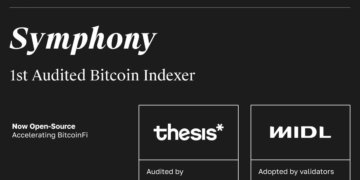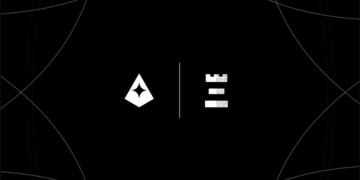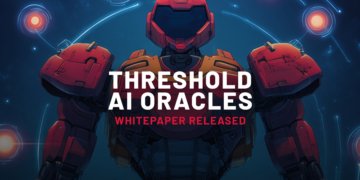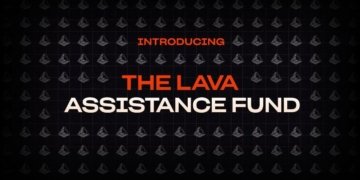
Top Blockchain Platforms to Watch in 2025
The blockchain ecosystem continues to evolve at a rapid pace, driven by a growing demand for decentralized technologies and innovative applications. As we look towards 2025, certain blockchain platforms are emerging as leaders, set to shape the future of industries from finance to supply chain management. Here, we delve into some of the most promising blockchain platforms to watch in 2025.
The Future of Blockchain Technology
Before exploring specific platforms, it’s essential to understand the trends driving the blockchain industry. In 2025, we anticipate a significant focus on:
- Interoperability between blockchain networks
- Higher scalability solutions
- Enhanced privacy features
- Decentralized finance (DeFi) expansion
- Increased incorporation of blockchain in enterprise solutions
Why Interoperability Matters
One of the critical trends in blockchain technology is interoperability. By 2025, platforms are expected to provide seamless interaction between different blockchain systems, allowing for more comprehensive use cases and smoother data exchanges. This evolution is crucial for expanding blockchain’s applicability across various sectors.
Leading Blockchain Platforms for 2025
Ethereum 2.0
Ethereum has been a dominant force in the blockchain world and continues to innovate with its transition to Ethereum 2.0. This upgrade focuses on improving scalability, security, and energy efficiency through the adoption of a proof-of-stake consensus mechanism.
- Advanced smart contract functionality
- Widespread dApp support
- Growing developer community
Ethereum 2.0’s roadmap is ambitious, and by 2025, it is expected to solve many of the persistent issues that have troubled its predecessor, making it a platform to watch closely.
Polkadot
Polkadot is at the forefront of the interoperability movement, offering a platform that connects multiple blockchains into a single network. Known for its unique consensus architecture, Polkadot is expected to drive innovations in cross-chain transactions and data transfers.
- High-level interoperability with parachains
- Flexible and scalable infrastructure
- Robust governance system
By 2025, Polkadot’s functionality will likely enhance the efficiency and scope of decentralized applications, making it an essential player in the blockchain space.
Cardano
Cardano has positioned itself as a leading blockchain platform emphasizing sustainability and peer-reviewed research. With its secure, scalable, and environmentally-friendly protocol, Cardano offers significant opportunities for developing secure applications.
- Scientific ethos behind upgrades
- Strong focus on sustainability
- Innovative proof-of-stake consensus
As Cardano continues to roll out its phases, including smart contracts and governance capabilities, the platform is set to mature further by 2025, supporting a new wave of decentralized solutions.
Solana
Solana has gained attention for its exceptional capacity to handle thousands of transactions per second. This high-performance blockchain is designed for speed and low cost, making it an attractive option for developers and enterprises looking to leverage blockchain technologies at scale.
- Fast transaction speeds with low fees
- Support for DeFi applications
- Strong ecosystem growth
By addressing the scalability challenges associated with blockchain adoption, Solana is poised to become a key player in the decentralized future by 2025.
Conclusion: The Road Ahead
As we approach 2025, the blockchain landscape will continue to expand and diversify. The platforms discussed above—Ethereum 2.0, Polkadot, Cardano, and Solana—are just a few examples of the innovation driving this sector. With a focus on interoperability, scalability, and sustainability, these platforms are establishing new benchmarks for what blockchain technology can achieve.
For investors, developers, and enthusiasts, maintaining a close watch on these platforms will provide valuable insights into the future of blockchain. As these platforms evolve, they will play crucial roles in decentralizing services, integrating blockchain into existing frameworks, and enhancing the overall efficiency of digital interactions.
Staying informed and engaged with these advancements will be vital to capitalize on the groundbreaking developments expected in the blockchain arena by 2025.
“`

















